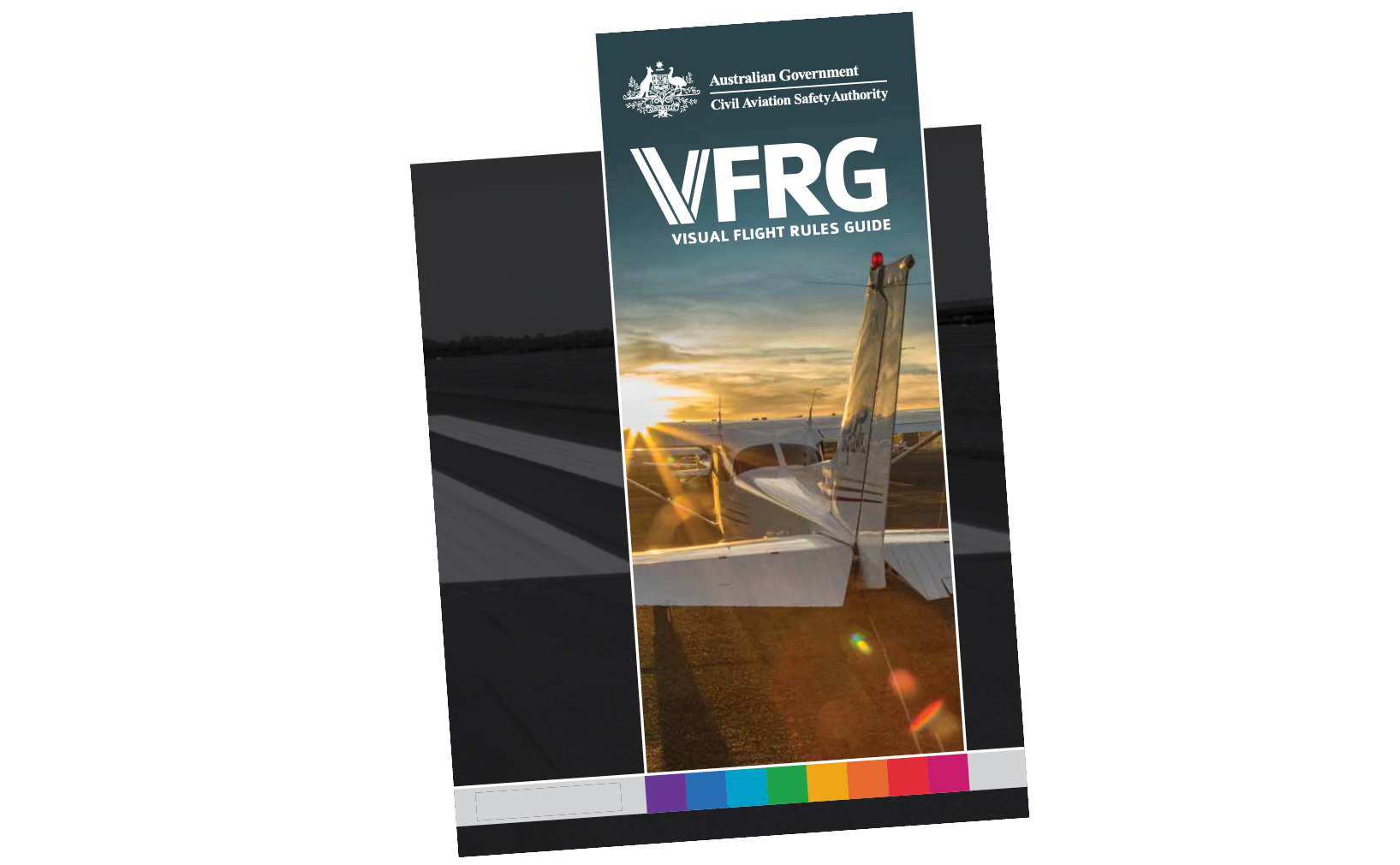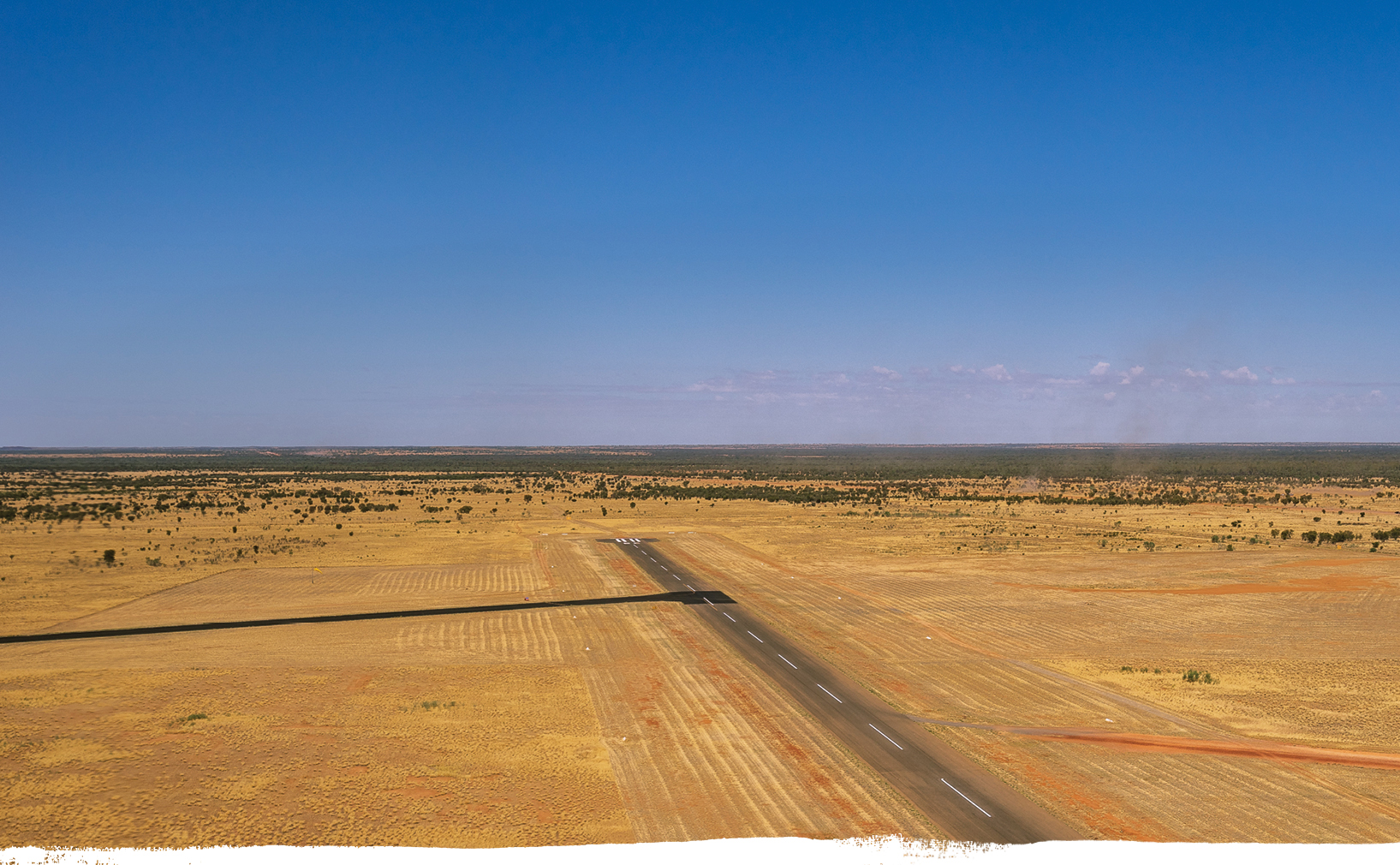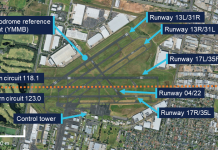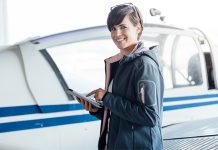For private pilots, flying in controlled airspace requires 3 things: preparation, concentration and communication, as the editor of Flight Safety Australia discovered for himself.
To fly into a particular controlled aerodrome – Alice Springs – I had to negotiate the airspace around Pine Gap.
That is not a minor detail when you’re referring to this sensitive site. Dozens of brilliant white radomes mark the site where hundreds of Americans and Australians work. The thought of being responsible for an airspace, and possibly diplomatic, blunder concentrates the mind, unpleasantly.
Obviously, the first step is to consult the Alice Springs VTC. There you see, big and bold, R215, surrounding the base and restricting aircraft from flying within 2.5 nm of the base, in a column of airspace from surface to FL180 (18,000 feet AMSL).
You also see the customary spiderweb of VFR lanes through Class D airspace, leading to and from the aerodrome.
To set the scene, the reason I needed to review my knowledge of procedures for controlled aerodromes and airspace was because I was flying with 5 other aircraft on a nine-day air safari to the Outback organised by Bathurst-based WardAir. Along with some amazing scenes – such as the cruise around Uluru-Kata Tjuta, crossing the Simpson Desert and Kati Thanda (Lake Eyre) and soaring over the MacDonnell and Flinders Ranges – we had unique experiences such as seeing the Maree Man and landing on strips at isolated stations, roadhouses and the Dig Tree.
Along with at least one Class D aerodrome – Alice Springs – we knew we may encounter Class E airspace. I was also taking the opportunity to fly some of the enroute legs and RNP approaches under the hood – with a current, instrument-rated pilot in the right-hand seat – since my PFIR renewal was scheduled for one week after returning home.
Controlled aerodromes
Approaching Alice Springs, I was keen to practise an ILS which operates to runway 12. To align with that runway, we planned well to the north of Pine Gap, instead of passing close by the installation.
Therefore, to set up for the 12 ILS when approaching from the west, I needed to fly via Jay Creek along VFR route 9, running to the northeast. This leads to Simpsons Gap for a right turn to begin the straight-in approach to the south-east.
Alice Tower wants early notice of arrivals and all traffic into the Class D airspace requires ATC clearance. As most pilots know, the distance from the aerodrome when you must ask for clearance varies with your altitude.
At Alice Springs, the stacking of airspace boundaries follows the usual ‘cake tin’ arrangement, with each volume of airspace topped with an even larger one, whose boundaries extend out further than the one below.
Alice Springs tower provides combined tower and approach control services within Class C and D airspace, up to 6,500 feet.
The requirement to call in at 50 nm means GA pilots are pushing the mike switch a long way from the airspace boundaries – exactly as intended.
We also needed to check the ATIS before asking for clearance; however, by the time we were close enough to hear the transmission, we discovered 30 was the active runway. So, no ILS today. But we continued on our flight plan to Simpsons Gap for the turn. We know controllers want as few surprises as possible, such as pilots deviating from their flight plan without notice.
On first contact with Alice Tower, I said ‘unfamiliar’ and, after reading back the clearance to track direct, concentrated on identifying the new (to me) VFR reporting points.
And as Shelley Ross says in ‘The comfort of control’ feature, ‘Don’t try to stumble through a direction from ATC that you don’t understand. Say, ‘I don’t understand’.’
We called in again at around 10 nm and were given, ‘Right downwind, runway three zero.’
Then I discovered I hadn’t read the ERSA thoroughly – runway 30 is 45-feet wide so your depth perception for the flare is altered. So yes, the landing was harder than I wished.
This underlines what instructors say is the key to safe flying in controlled airspace – preparation. Study VTCs and the ERSA and, if necessary, write out the radio calls and practise them aloud in the cockpit. People who fly with me know I do.
Once on the ground at Alice, we gawked at the flock of wide-bodied airliners parked in the ‘boneyard’ on the other side of the runway to the GA apron, still awaiting recall to service after the pandemic.
Controlled airspace
On the last leg of this bucket list trip, from Cobar to Bathurst, we encountered severe turbulence. Flying IFR, we went from 7,000 to non-standard 8,000, with no relief from the rock ‘n roll, so we asked for 9,000. Abeam Parkes, we could see on the ERC LO we would soon be entering Class E (lower level 8,500). I was getting ready to call Melbourne Centre to ask for clearance, but the controller beat me to it, clearing us to Bathurst at 9,000. That’s the joy of flying IFR – the hand-offs are smooth and mostly automatic.
We would enter Class E airspace just before the quaint village of Molong and I wanted to begin descent and turn right to do the RNP approach to Bathurst’s runway 35. But this was controlled airspace and, on this occasion, my request was declined.
A QantasLink Dash 8 from Sydney was on descent into Orange and would cross in front and under us, so we were kept high. Since an approach to 35 was now not feasible, we changed to the RNP for runway 17 as, according to the AWIS, the wind was 10 knots directly across the strip, so not favouring either direction.
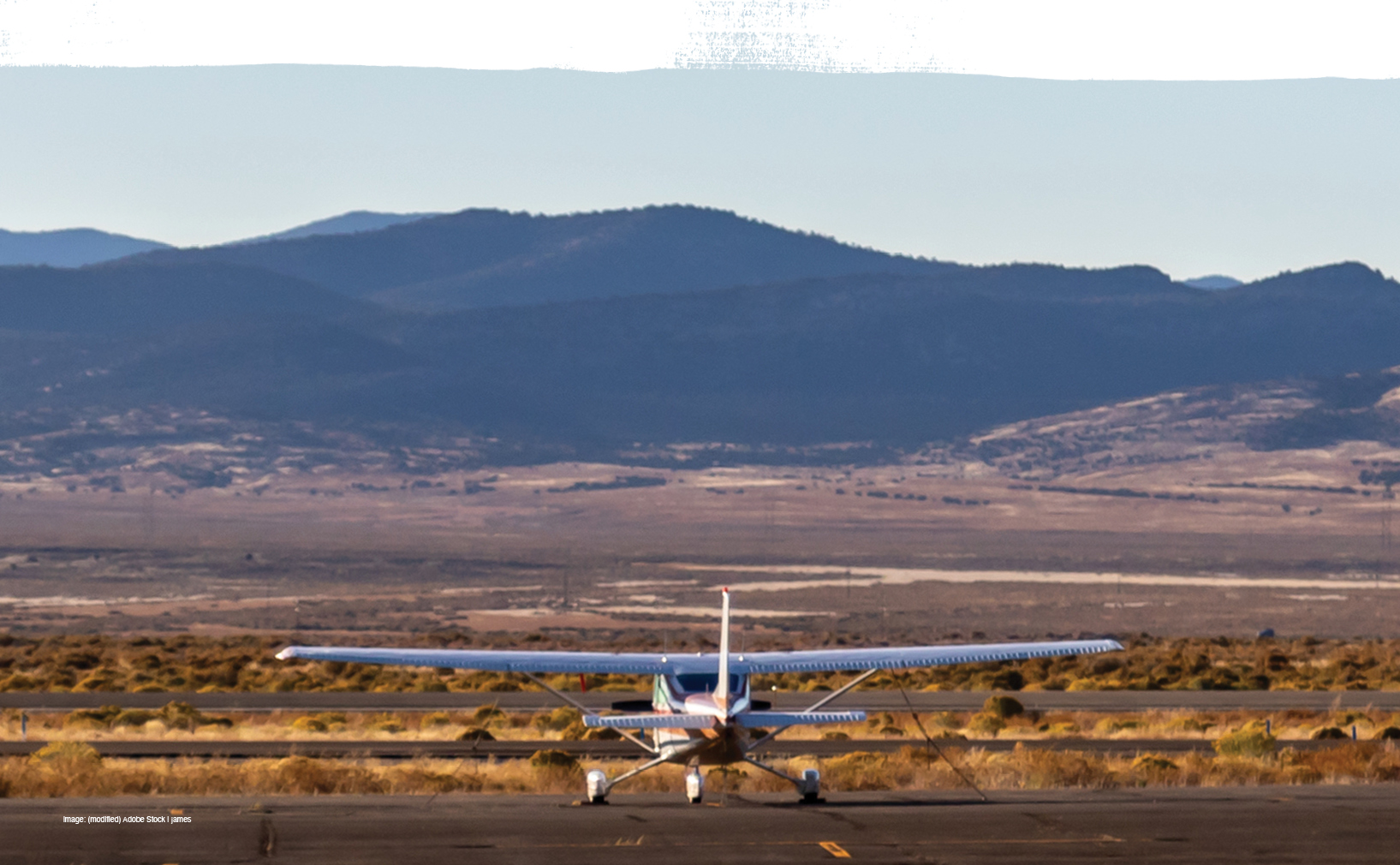
Do your homework
WardAir Head of Operations Catherine Fitzsimons says many pilots either completely avoid controlled airspace (CTA) or control zones (CTR) where there is a tower or fly long legs to avoid ones with which they are not familiar.
‘There are no secrets to CTAs and CTRs,’ she says. ‘It is not true that you should only go there if you have been accompanied at least once by an instructor or someone with experience.
‘Everything you need to know is contained in the ERSA entry for that aerodrome, on the VTCs and in the AIP. VFR pilots can elect to use the excellent online Visual Flight Rules Guide (VFRG) instead of the AIP.
‘The VFRG is a plain English, illustrated synthesis of many of the important rules and regulations from the AIP. Pilots can use it to refresh their knowledge of rules and procedures relating to operations in different classes of airspace. It is not something to leave behind once you’ve passed your CASA theory exams. It should be with you – in hard or electronic format – throughout your flying days as a handbook and ready reference.
‘Armed with the information contained in the ERSA, a current VTC and a VFRG, a qualified pilot should have no trouble negotiating controlled airspace. Make sure you know the class of airspace in which you are operating and refresh your knowledge with a good read of the VFRG or AIP beforehand.
‘There are some differences between Class C and D which are well explained in the VFRG. Most of these account for what pilots often incorrectly believe to be something special or ‘local knowledge’ of a particular aerodrome when, in fact, there is a perfectly logical explanation in the regulations; for example, the different radio calls required when leaving a Class D aerodrome depending on whether you are departing into adjacent Class C or Class G.
‘Preparation is the greatest guarantor of a successful and smooth CTA or CTR encounter. Invest some time on the ground reading maps, ERSA and regulations, rehearsing your radio calls and even calling the tower in advance for some advice. Don’t do this if you haven’t already done your homework as it won’t be appreciated!
‘Make a point of going into controlled airspace whenever you can, particularly airspace with which you are not familiar. Practice is the best way to keep your skills current.’
Getting instrumental
I’m sure other GA pilots who have a private instrument rating will agree that a key benefit of flying under the IFR is having Airservices Australia watch out for you. Yes, the hemispherical rule means you should have 500 feet clearance with VFR aircraft above or below you, but we all know that’s not always the case.
For example, I was flying from Canberra to Cowra to practise enroute tolerances and the RNP approach to 35, to calm my nerves before my first decent solo trip to Charleville, which I wrote about in Getting real: an editor’s dilemma.
I knew from the AWIS the wind in Cowra was favouring the reciprocal runaway 17 and was planning to discontinue my approach at circling height, and either join downwind for 17 or go to the dead side to work out where the traffic was.
Then Centre alerted me to a VFR aircraft climbing towards me, apparently departing upwind and not turning left at 500 feet AGL for circuits. This allowed plenty of time for me to alter course.
Ask the question
As Mark Twain once said, ‘I’ve had a lot of worries in my life but most of them never happened.’
In aviation, as in life, mild concern before the fact beats heartbreak and rebuke afterwards. But, next time, there’s one less worry: ATC isn’t out to get me, or you and, as far as they’re concerned, the only dumb question is the one you were too shy to ask.
Ross Peake travelled at his own expense.
More information
- Controlled aerodromes and operations is one of the special topics on our Pilot safety hub.
- Read more about controlled aerodromes in The comfort of control
- Refresh your knowledge at the Pilot safety hub.
- Read the VFRG.
